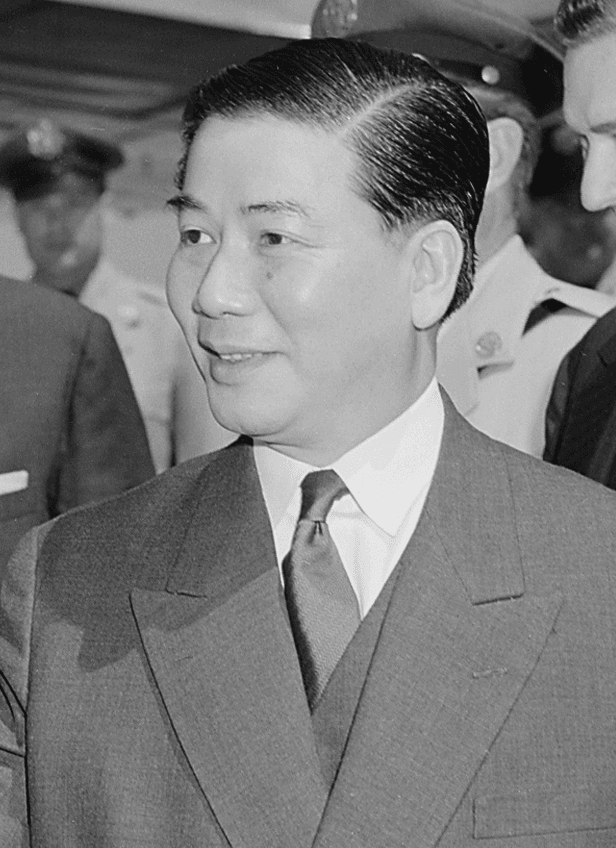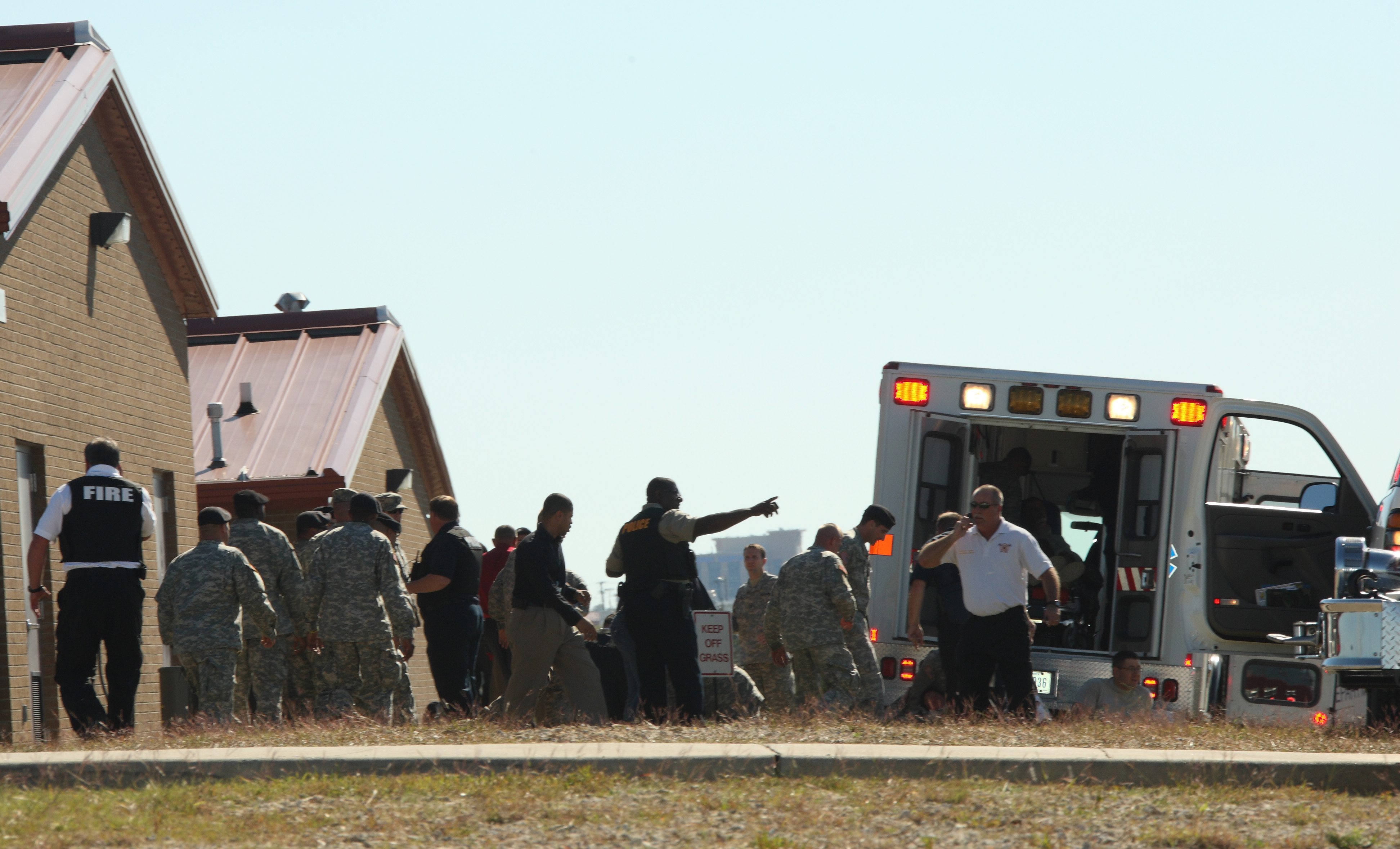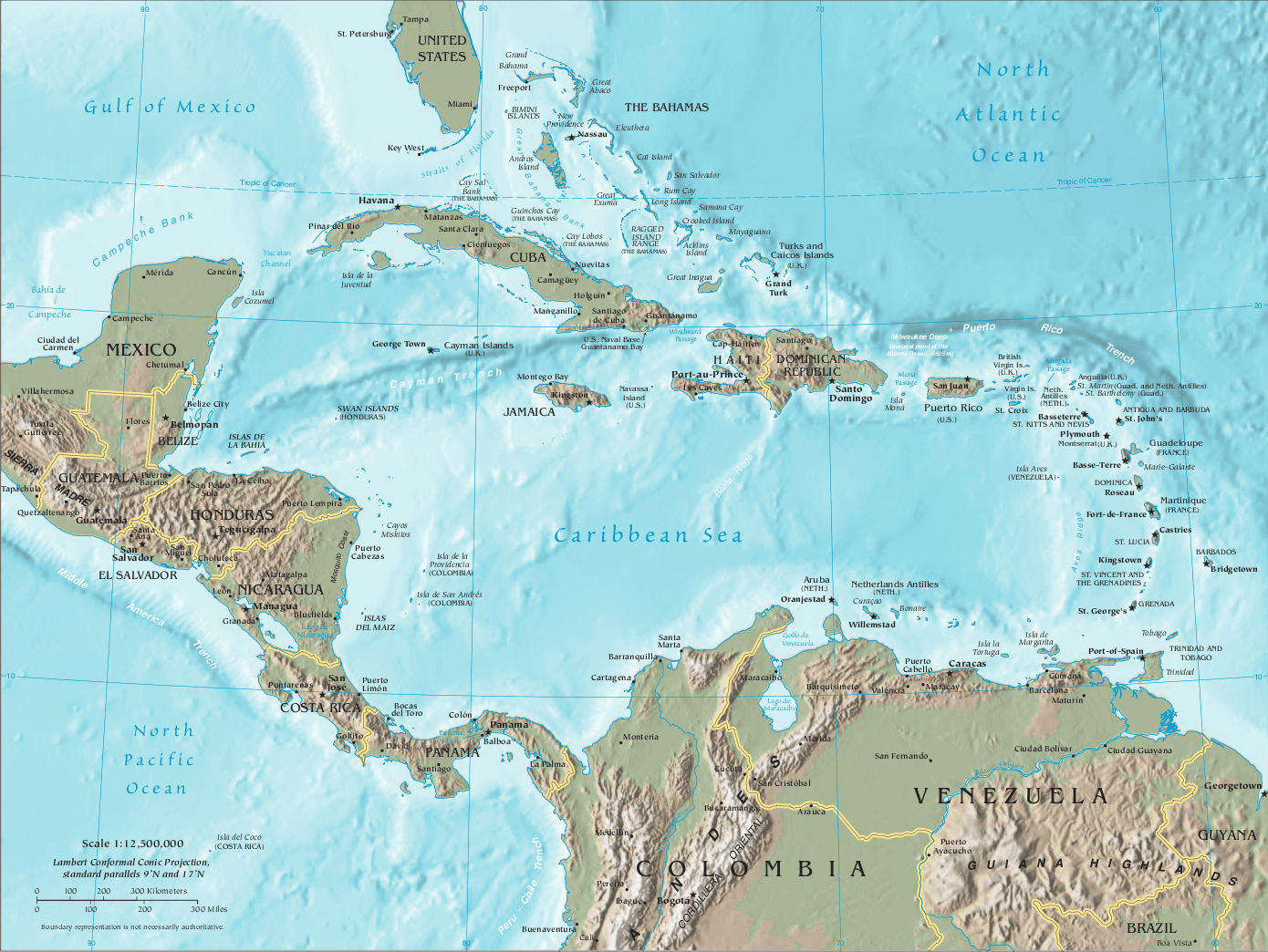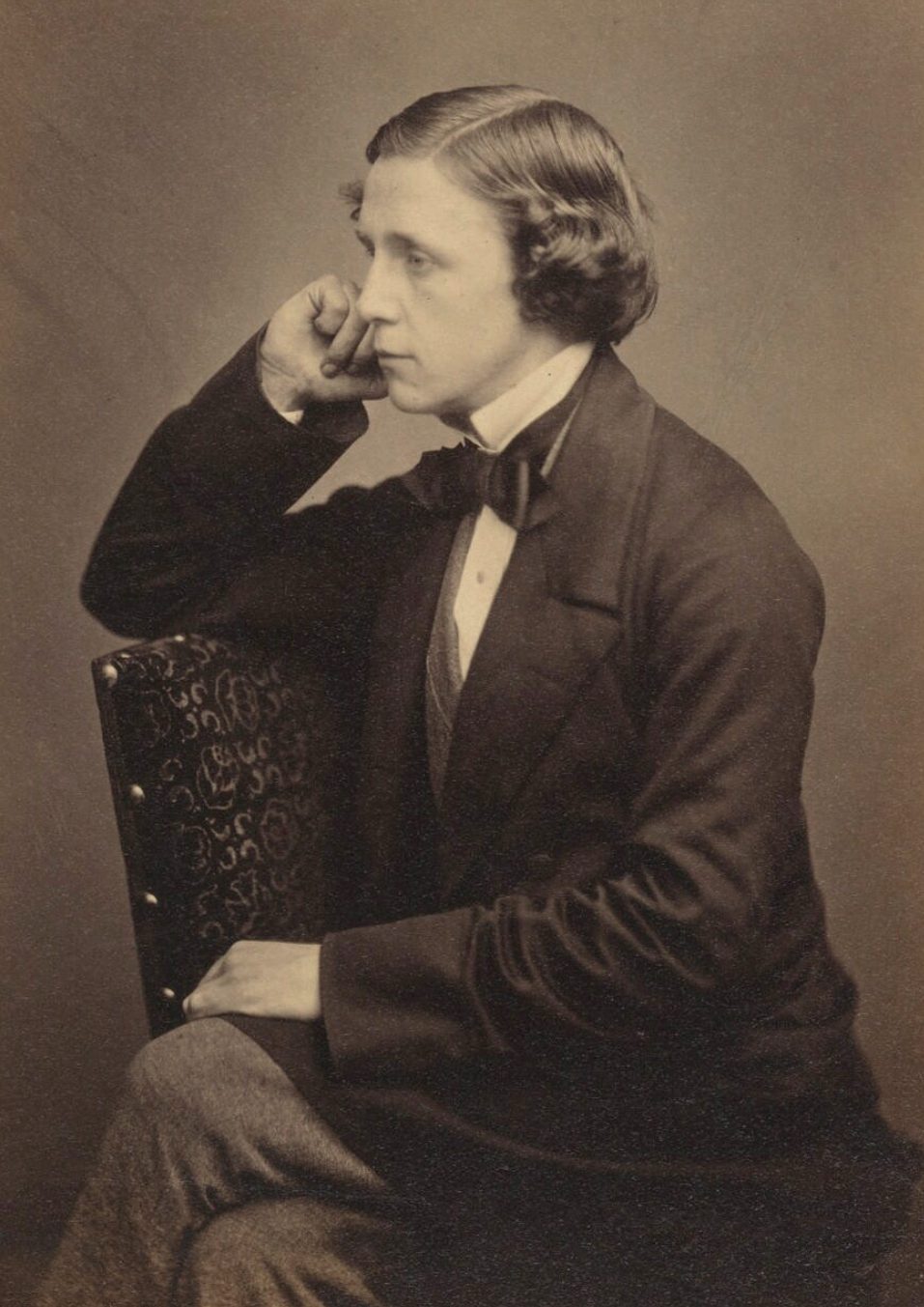Description
DEPTEL 243, also known as Telegram 243, the August 24 cable or most commonly Cable 243, was a high-profile message sent on 24 August 1963, by the United States Department of State in reply to Henry Cabot Lodge Jr., the newly appointed US ambassador to South Vietnam who had arrived in the country two days earlier. The cable came in the wake of the midnight raids on 21 August by the regime of Ngô Đình Diệm against Buddhist pagodas across the country, in which hundreds were believed to have been killed. The raids were orchestrated by Diệm's brother Ngô Đình Nhu and precipitated a change in US policy. Lodge, who had arrived in Saigon on 22 August, sent a cable to the State Department reporting that some generals of the Army of the Republic of Vietnam (ARVN) and high civilian officials were telling CIA agents and diplomats at the embassy that the US should support Diệm's removal in the wake of the attacks, but Lodge cautioned that the most pivotal commanders around Saigon were still loyal to the Ngo brothers and the loyalties of other officers were unknown, which would make American support of a coup d'état a "shot in the dark." Lodge's cable reached Washington on Saturday morning, 24 August. Later that day, Cable 243 was sent back as a reply to Lodge's report, declaring that Washington would no longer tolerate Nhu remaining in a position of power and ordering Lodge to pressure Diệm to remove his brother. It said that if Diệm refused, the Americans would explore the possibility for alternative leadership in South Vietnam. In effect, the cable authorized Lodge to give the green light to ARVN officers to launch a coup against Diệm if he did not willingly remove Nhu from power. The cable marked a turning point in US-Diem relations and was described in the Pentagon Papers as "controversial". The historian John M. Newman described it as "the single most controversial cable of the Vietnam War".







